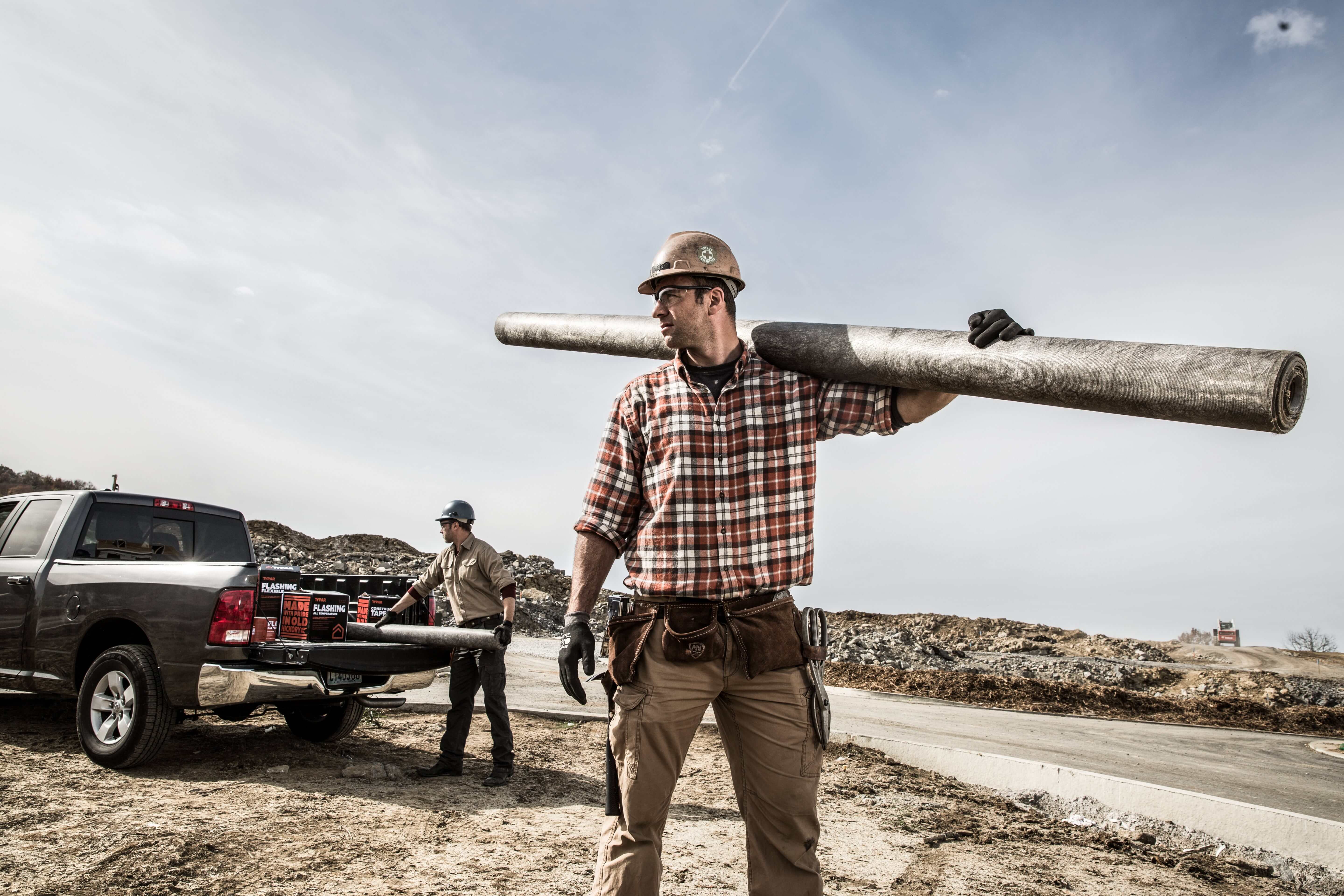The Best Way To Install Housewrap

Proper installation is essential when working with weather-resistant barriers (WRBs) such as building or house wrap.
Even when up to code, the performance of these materials can be compromised by improper installation.
Installing Housewrap - Step-by-Step
The good news is, installing building wrap is simple if you stick to these four easy steps:
- Step 1: 12” overlap and 1” overlap on the sill plate. For max protection, aim for 2-4” Building wrap should be installed from the foundation upward, making sure to overlap joints with the higher course overlapping the lower. First, start at the bottom of one end of the wall with the printed side facing out. When starting at a corner, overlap by a minimum of 12”. Place the building wrap roll horizontally and roll out the first course evenly, covering rough window and door openings. A minimum of a 1" (25.4 mm) overlap on the sill plate is required. However, for maximum protection, a 2-4"(51-102 mm) overlap on the sill plate is recommended. Be sure to pull the building wrap snug and avoid wrinkles and creases.
- Step 2: Use plastic-capped nails to attach the building wrap Additionally, when installing a building wrap over metal frames, you’ll want to use screws and washers. Simply put, the use of caps seals holes made by the penetration of the fasteners. Studies show that homes where cap nails and cap staples were used to attach housewrap resisted air infiltration and water holdout better than those where caps weren’t used. If water is allowed to enter through the staple holes, it becomes trapped, creating the perfect conditions for rot and mold. The more holes, the better the chance for complications and negative long-term effects on the building envelope.
- Step 3: Overlap bottom layer by 6”, ensure proper shingling, and cover all seams using tape The upper layer of the building wrap should overlap the bottom layer by a minimum of 6" (152 mm) vertically and horizontally. It is also important to take some time to ensure proper shingling throughout the installation to properly shed water. Once the structure is completely covered, tape all seams and penetrations. Sealing all laps and penetrations with the proper adhesive flashing tape can improve the building wrap’s performance by 20 percent.
- Step 4: Inspect for rips and tears Once installation is complete, thoroughly inspect the building wrap for any rips or tears before installing the cladding. Even the slightest tear can leave the wall at the mercy of Mother Nature. Weather resistant barriers act as an air and moisture barrier while allowing moisture vapor to escape from the wall cavity to the outside.
TYPAR MetroWrap™ is an example of a commercial-grade house wrap specifically engineered for buildings four stories or higher—making it ideal for multifamily projects. MetroWrap™ is ideal for boosting energy-efficiency with superior air holdout, which reduces energy costs. It also safeguards healthy spaces and will not support mold growth (ASTM D3273).
Contact TYPAR today to learn more about how building wraps can help improve occupant comfort and indoor air quality for your next multifamily project.
Contact Us
Further Reading
Mistakes to avoid when installing housewrap Custom homebuilder chooses Typar for durability & performance
